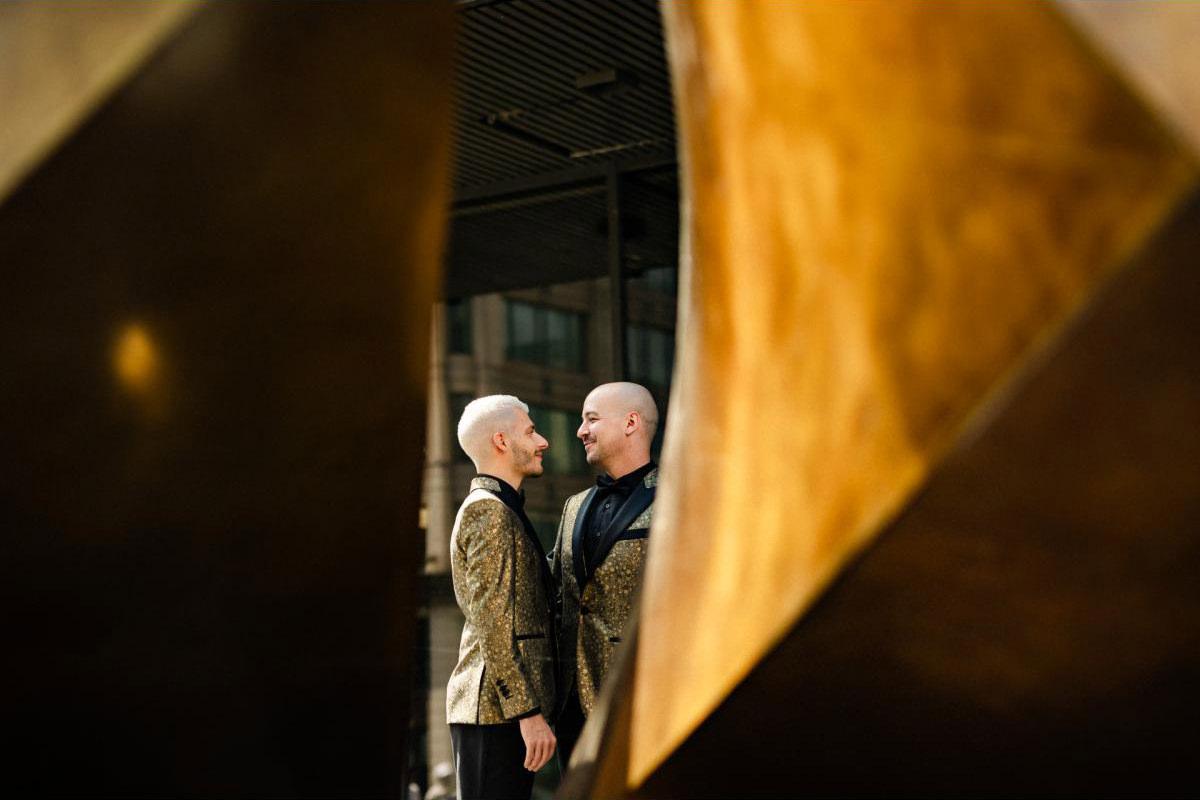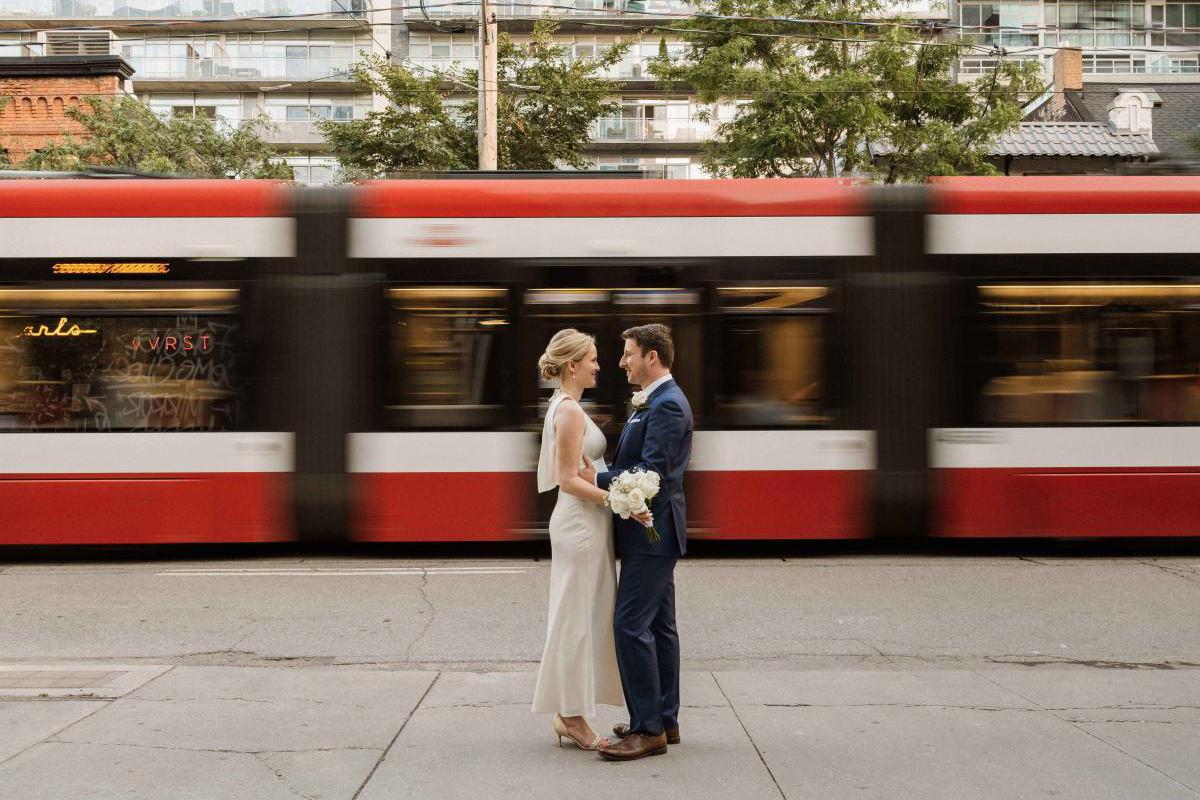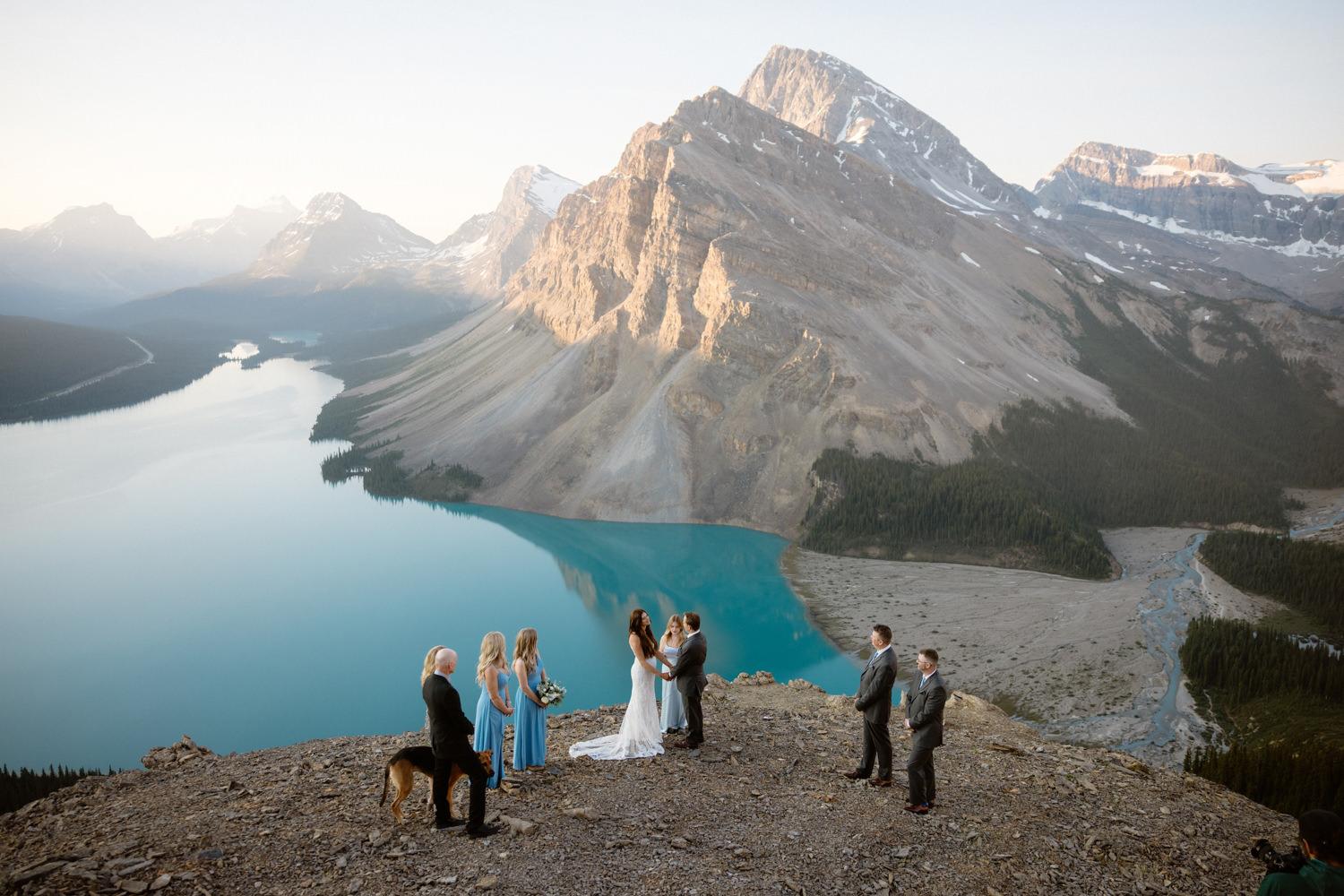Before love could be legalized, marriage was a matter of property, patriarchy, and power. Today, the marriage license is a formality—but one with a complex past.
Getting married in Canada today is relatively straightforward: obtain a marriage license, hold a legal or religious ceremony, and register the union. But the simplicity of that process is the result of centuries of legal, religious, and cultural shifts—many of which shaped who was allowed to marry, and how.
The story of the marriage license is ultimately a story of access, regulation, and recognition—one that reflects Canada’s evolving values around love, equality, and civil rights.
Are you looking to obtain a Marriage Licence? How to Get a Marriage Licence in Canada: What Every Couple Needs to Know

Before the Paperwork: Marriage as a Verbal Contract
In early societies, marriage was often sealed by oral agreement, not legal documents. The marriage became valid through:
- A public declaration or exchange of vows
- Witnesses from both families or communities
- Consummation of the union
For centuries, especially in rural Europe and colonial Canada, this was enough. Written records were rare—and often tied to church authority rather than state.
The Church’s Role in Early Canadian Marriages
During the 17th and 18th centuries, marriages in New France and British North America were typically performed and registered by religious institutions:
- Catholic parishes in Quebec held records of marriages as part of religious life.
- Anglican and Protestant churches served a similar function in English-speaking regions.
- These records became crucial historical documents—but weren’t always standardized or government-issued.
Until the mid-19th century, civil marriage was rare. Church weddings weren’t just spiritual—they were the only recognized legal unions for many communities.
The Rise of Civil Marriage and State Involvement
As Canada industrialized and modernized in the 19th century, marriage began shifting from a religious sacrament to a civil institution.
- In Ontario, civil marriage became legal in 1857.
- Other provinces followed suit over the next few decades, offering non-religious options for marriage.
- The federal government and provinces established more consistent systems of marriage registration, leading to the modern marriage license.
This was the beginning of secular, state-sanctioned marriage in Canada—and it made marriage both more inclusive and more regulated.

Who Could—and Couldn’t—Get Married
Historically, not everyone had the legal right to marry.
- Same-sex couples were excluded from legal marriage until 2005, when Canada became the fourth country in the world to legalize same-sex marriage nationwide.
- Indigenous marriage customs were suppressed under colonialism, and traditional unions were often not recognized legally until recent decades.
- Interfaith and interracial marriages faced social and, in some cases, legal barriers—especially prior to the 1960s and 70s.
The marriage license, once a gatekeeper of exclusion, is now a symbol of civil rights—though the journey to that point was long.
What a Canadian Marriage License Looks Like Today
While the process varies slightly by province, the fundamentals are consistent:
- Apply in person or online, typically with two pieces of ID
- Pay a fee (usually $75–150 depending on the province)
- Receive a license valid for 30–90 days
- Hold a legal ceremony (religious or civil)
- Register the marriage with the provincial government to receive an official certificate
For most Canadians, this is a simple box to check. But behind that paperwork is centuries of legal evolution, social change, and cultural resilience.

Marriage Registration in a Multicultural Nation
In today’s Canada:
- Couples can choose between religious, civil, or cultural ceremonies—as long as legal criteria are met.
- Many couples incorporate ceremonies from multiple traditions, such as a civil signing followed by a Sikh Anand Karaj or a Persian Sofreh Aghd.
- For non-citizens or destination weddings, navigating the legal process may require extra steps—but the core principle remains the same: the union must be recognized and registered.
Photographers and the Legal Moment
While often overshadowed by emotional vows and fashion, the signing of the license is a critical, story-rich moment:
- Capturing the couple’s signatures, witnesses, and officiant provides historical documentation.
- It's often a moment of laughter, tears, or reflection—marking the legal beginning of a shared life.
- For LGBTQ+ and intercultural couples, the license signing may hold deep symbolic weight.
It’s a reminder that love is personal, but marriage is also legal—and that both deserve to be documented.

Related Reading in the History of Weddings Series:
- The History of the Wedding Ceremony
- The History of LGBTQ+ Weddings in Canada
- The History of Wedding Vows
- The History of Elopements
Continue Planning Your Wedding
Ready to dive into the details? How to Find the Perfect Wedding Photographer: The Ultimate Guide to Making the Right Choice